The Wonder of Wasps: Pollinators and Pest Control
Updated: Sep. 06, 2022
If you see a wasp nest, don't be afraid! Wasps are beneficial garden pollinators and are one of your best allies in pest control.
Benefits of Wasps
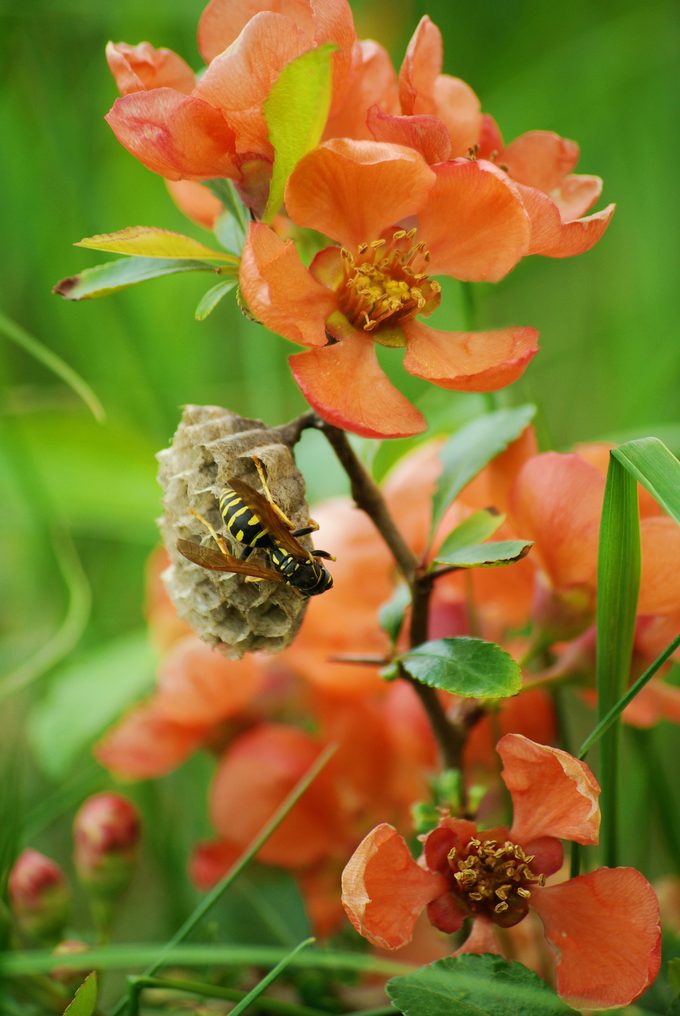
It’s easy to think of wasps as the annoying yellow jackets that raid your backyard barbecue, or the paper wasps that build nests under your eaves. But in reality, social wasps are your best allies in pest control, and they rarely sting people. In fact, only 38 species sting aggressively, and that’s because they have helpless eggs, larvae and pupae to defend in their nests.
The rest of North America’s 14,500 wasp species are shy, solitary types like mud daubers, sand wasps and cicada killers. What surprises most people is that, just like bees and butterflies, they’re pollinators, too. For example, pollen wasps actively gather pollen from penstemon west of the Rocky Mountains. And although plenty of them visit flowers merely seeking nectar to fuel their flight, they still end up spreading pollen from bloom to bloom as a result.
Another benefit is that they eat pesky bugs that might otherwise infest your garden. Instead of weevils, aphids, cutworms, grasshoppers and stink bugs munching on your backyard veggies, these pests end up being on the menu themselves.
Learn 6 key differences between bees and wasps.
Prevent Wasp Stings
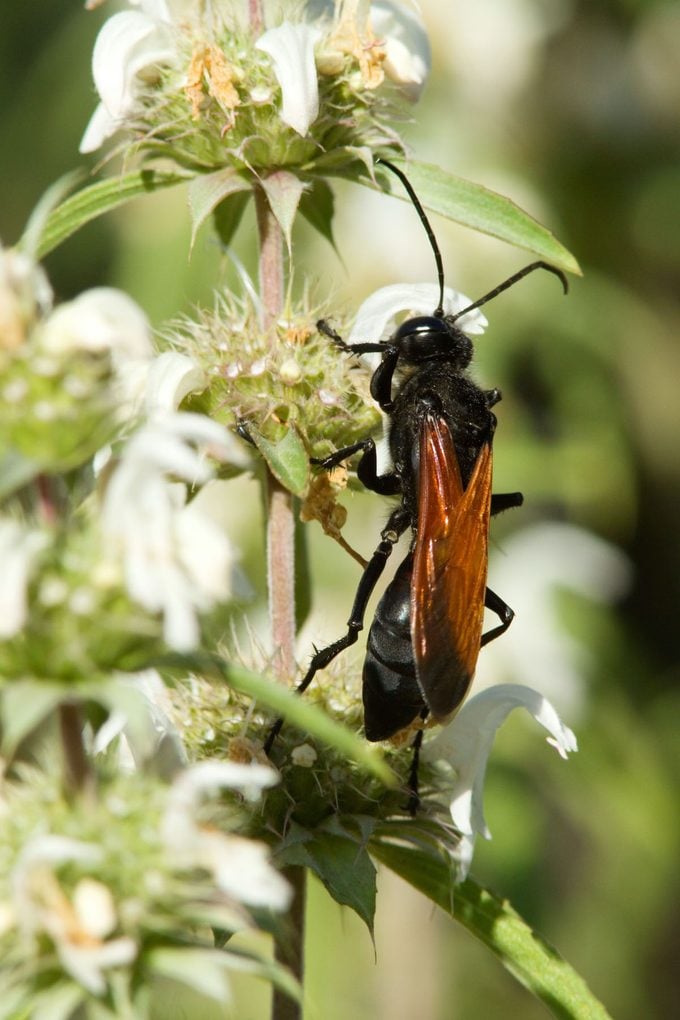
The potential for wasp stings makes many people nervous, but males actually lack stingers. For the females that sting, you can take simple precautions to avoid the pain. Inspect birdhouses, overturned flowerpots and other concealed locations in your yard where a wasp might make its nest. And before you rev up your lawnmower, investigate for hidden nests in trees, rock walls and rodent burrows.
Here’s how to get rid of wasp nests in birdhouses without pesticides.
Wasp Nests
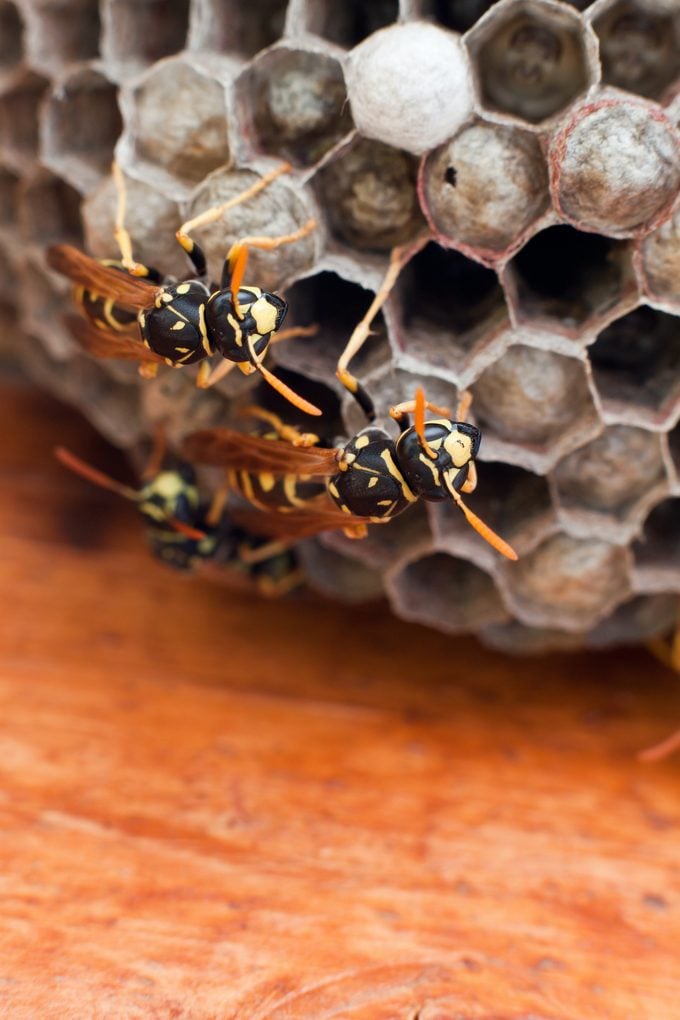
Not only are these flying insects very capable pollinators and pest-destroyers, they’re master architects, too. The paper combs made by social wasps are composed of hexagonal cells, which conserve labor and materials while maximizing space. Yellow jackets enclose their combs in a multi-layered paper envelope that insulates against extreme weather.
And solitary potter wasps craft marble-sized urns of mud. It’s hard not to be at least a little bit in awe of their industry. The next time you see a wasp in your backyard, be thankful. They truly are vital to a healthy landscape and, once you take the time to watch them in action, are endlessly fascinating.
If you find a wasp nest you don’t want, contact a professional bee-removal service to destroy it for you.
Check out 7 natural ways to keep bees and wasps away from hummingbird feeders.
Types of Wasps: Social and Solitary
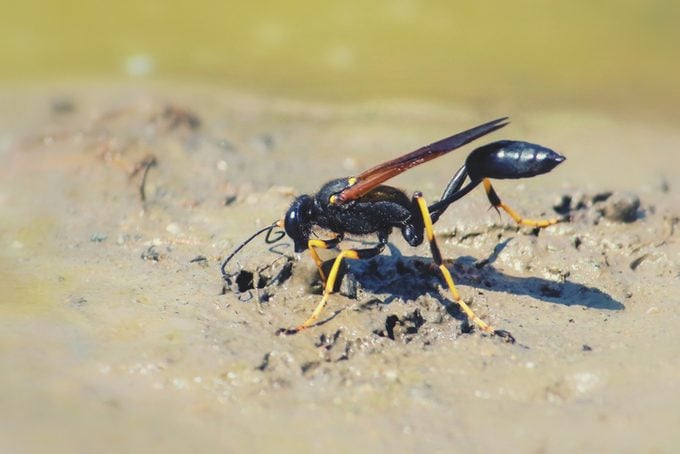
Social wasps tend to be predators that build large nests and are willing to aggressively defend them. There is one reproductive individual supported by hundreds of female “workers.” Solitary wasps either lay eggs in a host nest or build small nests they don’t typically try to protect.
Psst—Here’s what every beginning beekeeper needs to know.
How to Attract Wasps
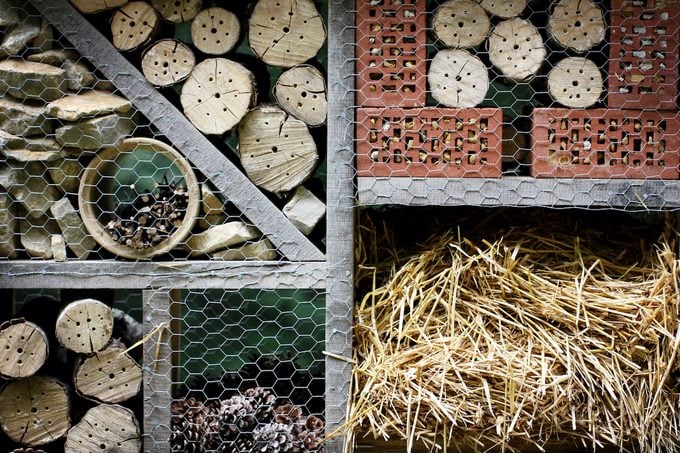
Follow our tips to attract these industrious bugs to your yard.
- Avoid using pesticides in your backyard or garden.
- Landscape with native trees, shrubs and flowers.
- Install a bee condo. A simple wood block drilled with holes of various diameters offers solitary wasp housing.
- Accept aphids. They secrete a liquid called honeydew that wasps crave, especially in fall when there are fewer flowers with nectar.
Next, learn how to help the bees in 6 easy ways.



















